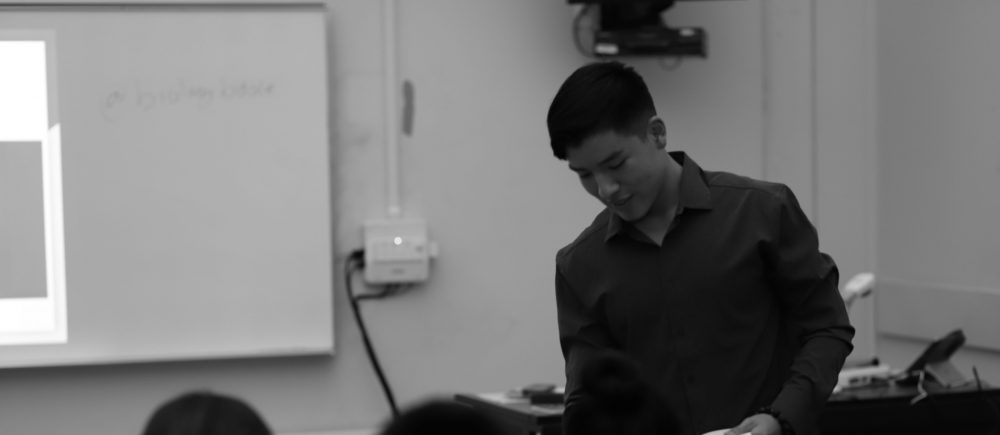
A DoS attack is an attempt by a hacker to flood a user’s or organization’s system. There are two main categories of DoS attacks which involve an attack sent to a single system to a single target. The other one is where many systems send attacks to a single target. The goal of DoS isn’t to gain unauthorized access to machines or data but to prevent legitimate users from using the servers. A DoS attack may do the following
– Flood a network with traffic, thereby preventing legitimate network traffic
– Disrupt connections between two machines, thereby preventing access to a service.
– Prevent a particular individual from accessing a service
– Disrupt service to a specific system or person
A DoS attack is usually a last resort attack because it is considered unsophisticated. This type of attack doesn’t give the hacker any information or benefits but instead annoys the target and interrupts their service. DDoS attacks are an advanced version of a DoS attacked in a much larger scale. DDoS attacks are coordinated and strategized to flood the victim target’s system.
DDoS Attacks are compromised of three parts because they are more complex. The first part is Master/Handler. Secondly is the Slave/Victim/Zombie. Lastly is the Victim/Primary Victim. The master is the attack launcher and is the mastermind behind the attack. A slave is a host that is compromised by and controlled by the monster to attack the victim’s system as well. The master computer which is behind the attack directs the compromised systems to attack the primary victims system. As you can tell this widescale attack takes a lot of coordination and is done in multiple phases.
The intrusion phase is when the hacker compromises weak systems in different networks around the world and installs DDoS tools on those compromised slave systems. In the DDoS attack phase, the slave systems are triggered to cause them to attack the primary victim.
